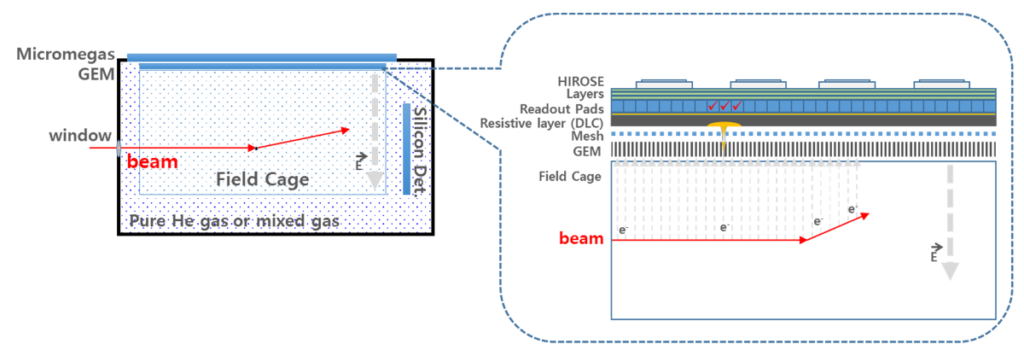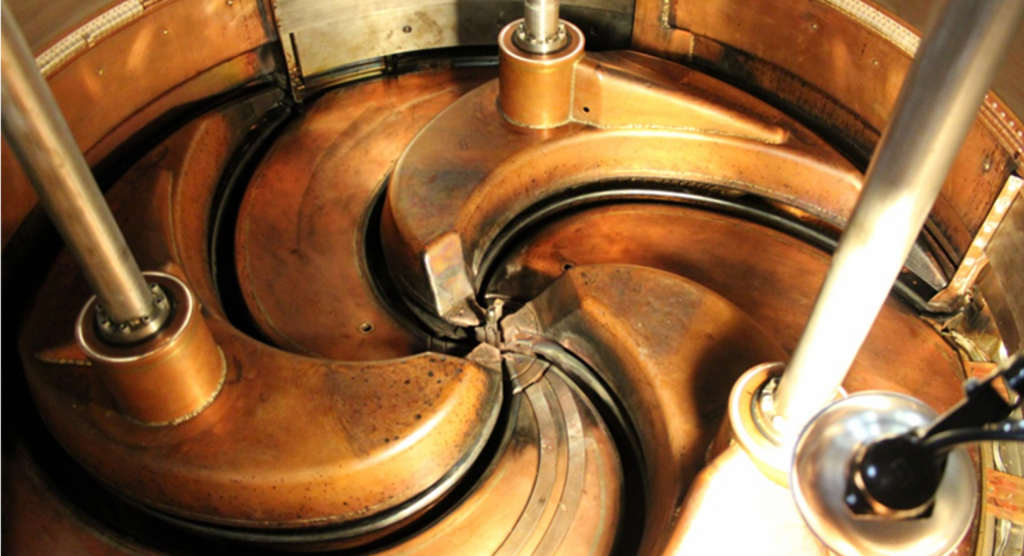Development of resistive layer micromegas detector for TeBAT with unprecedented resolution for track reconstruction.

The Science
We are developing a state-of-the-art detector system for experiments with rare exotic ions to elucidate the nature of the nuclear force and to understand the origin of the elements.
The Impact
This new development will allow unprecedented precision in measuring nuclear reactions with exotic beams, which opens up unique opportunities for benchmarking predictions of contemporary microscopic models of atomic nuclei that start from QCD and nucleon-nucleon interactions. It will also be an indispensable tool for nuclear astrophysics studies.
Summary
Experimental information on the structure of exotic nuclei, those that have a large excess of protons or neutrons, provide critical benchmarks on predictions of modern nuclear theories. Active target detector systems are essential for experiments with very low intensity rare isotope beams. They provide efficiency and versatility unmatched by any other technique. However, active target detector systems are very challenging to build. Normally, the position resolution for such systems in nuclear physics applications is around 1-2 mm. We are utilizing a new technology – resistive layer micromegas – that will allow for position resolution as good as 100-200 microns. This will result in an unprecedented angular resolution of a fraction of a degree and much improved specificity of the detector, which is critical for some applications. For example, precise track reconstruction will result in improved energy and angular resolution, which are often limiting factors in measuring nucleon-transfer reactions, and elastic and inelastic scattering reactions with radioactive beams. In nuclear astrophysics, where we often need to study properties of narrow resonances, energy resolution is of particular importance. Studies of beta-delayed charged-particle decays will also benefit greatly from the much improved track reconstruction.
Contact
For more information, please contact Dr. Sunghoon (Tony) Ahn at 0udnullenull TOD nullumnullatnull TA nullTnhAnull.

